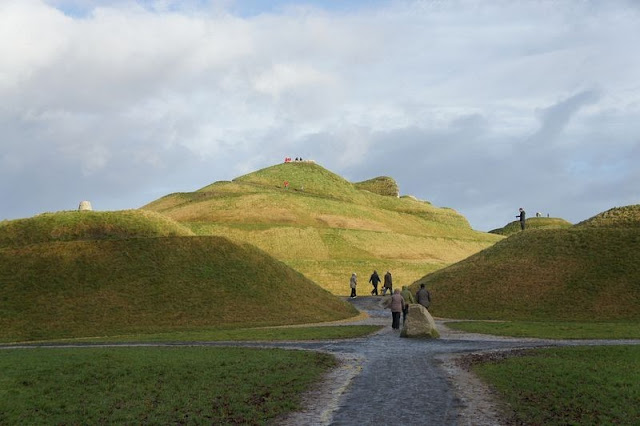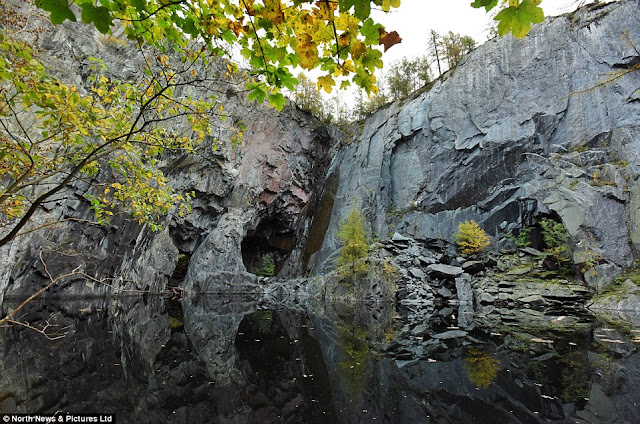The Twin Sails Bridge is a double
leaved bascule bridge that spans the Backwater Channel in Holes Bay linking the
town center of Poole, in Dorset, England, to Hamworthy. In the closed position,
the bridge lays flat over its supporting pillars, nonetheless when the two
spans of the bridge are lifted to permit boats to pass, the two triangular
lifting leaves look like the sails of a yacht. However, the triangular shape is
caused by the fact that the bridge isn’t dissected perpendicularly across its
width, but at an angle, making two long, opposing triangles that lie side by
side. Therefore, when the bridge is opened, they rise skyward, like a pair of
masts opening their sails.
The two triangular leaves measure
23 meters each, and when lifted, they provide a clear channel 19 meters wide
for boats to pass through. The lift spans are powered by two hydraulic rams
which operate up to 15 times per day, and take two minutes to fully open. The
bridge was built and opened to traffic in April 2012, after nearly three decades
of deliberation, approvals and cancellations. The plan for the construction of
a new bridge was initiated in the 1980s. The current bridge, which was built in
1927, was facing heavy congestion due to increasing traffic levels. Thus, at
first a fixed bridge crossing Holes Bay and linking with the A31 was proposed
but it got cancelled in 1998. Moreover the idea of the second lifting bridge
was put forward in 2004, and got approval in 2006, however instantly went into
hold due to issues between the council and the land owners. So, when everything
was cleared and parties had agreed, construction of the bridge commenced in
2010.
The bridge was designed by
architect Wilkinson Eyre and constructed by Hochtief (United Kingdom)
Construction, at an expense of £18.5 million. Furthermore, the project acknowledged
the outstanding achievement award for exterior lighting at the Architecture
Lighting Design Awards 2012. Moreover it was also nominated among the top four
final bridges selected at International Institute of Structural Engineers
Awards 2012, as well as being nominated under the commendation category for its
structural authenticity.









































